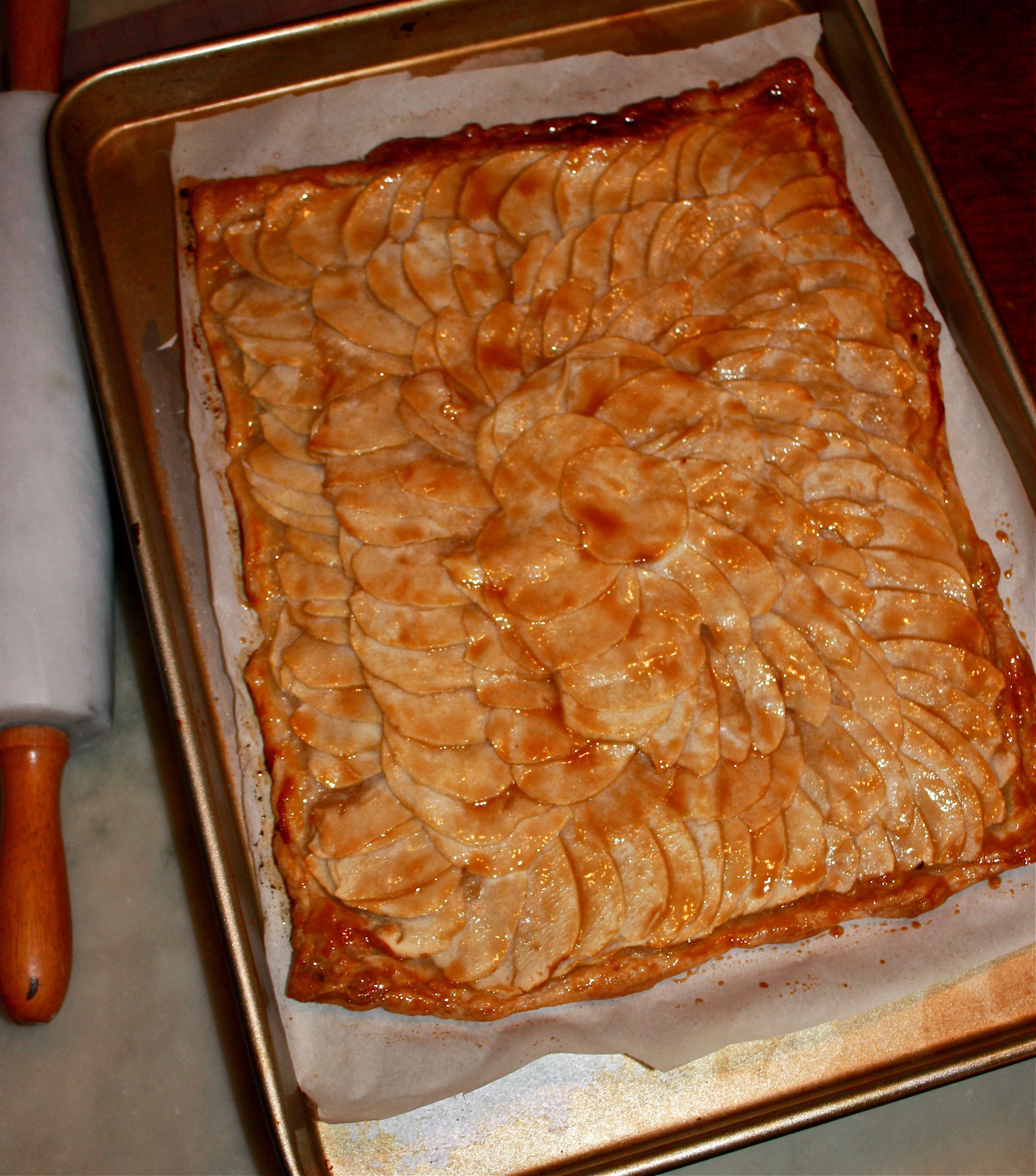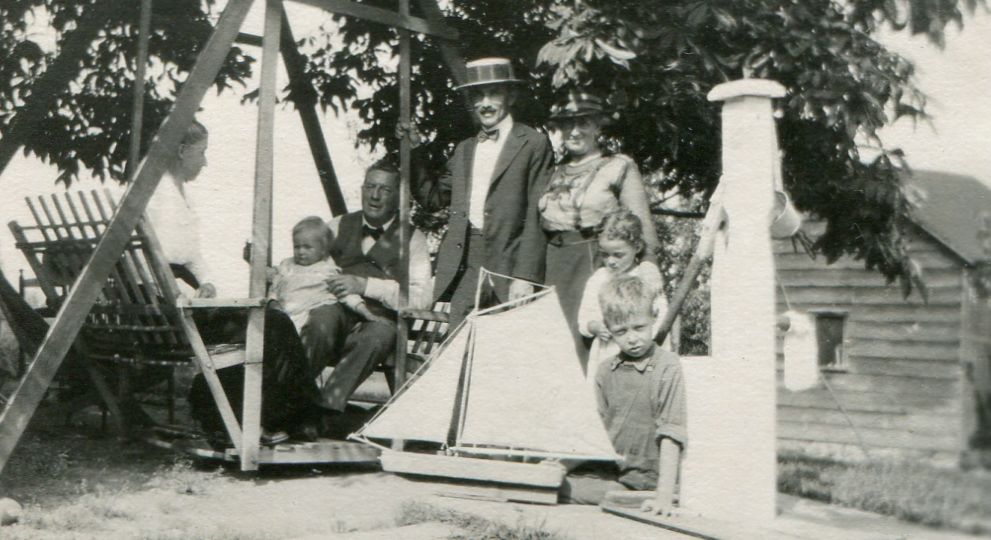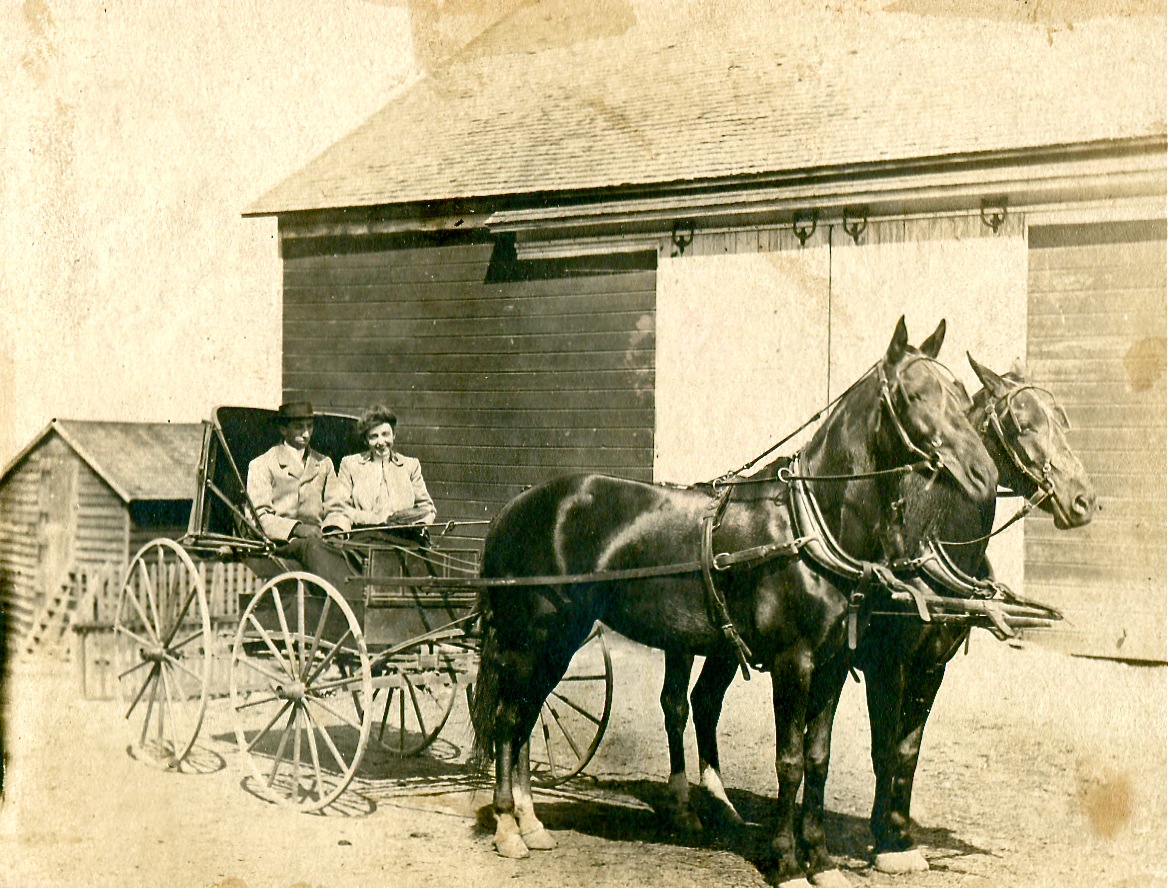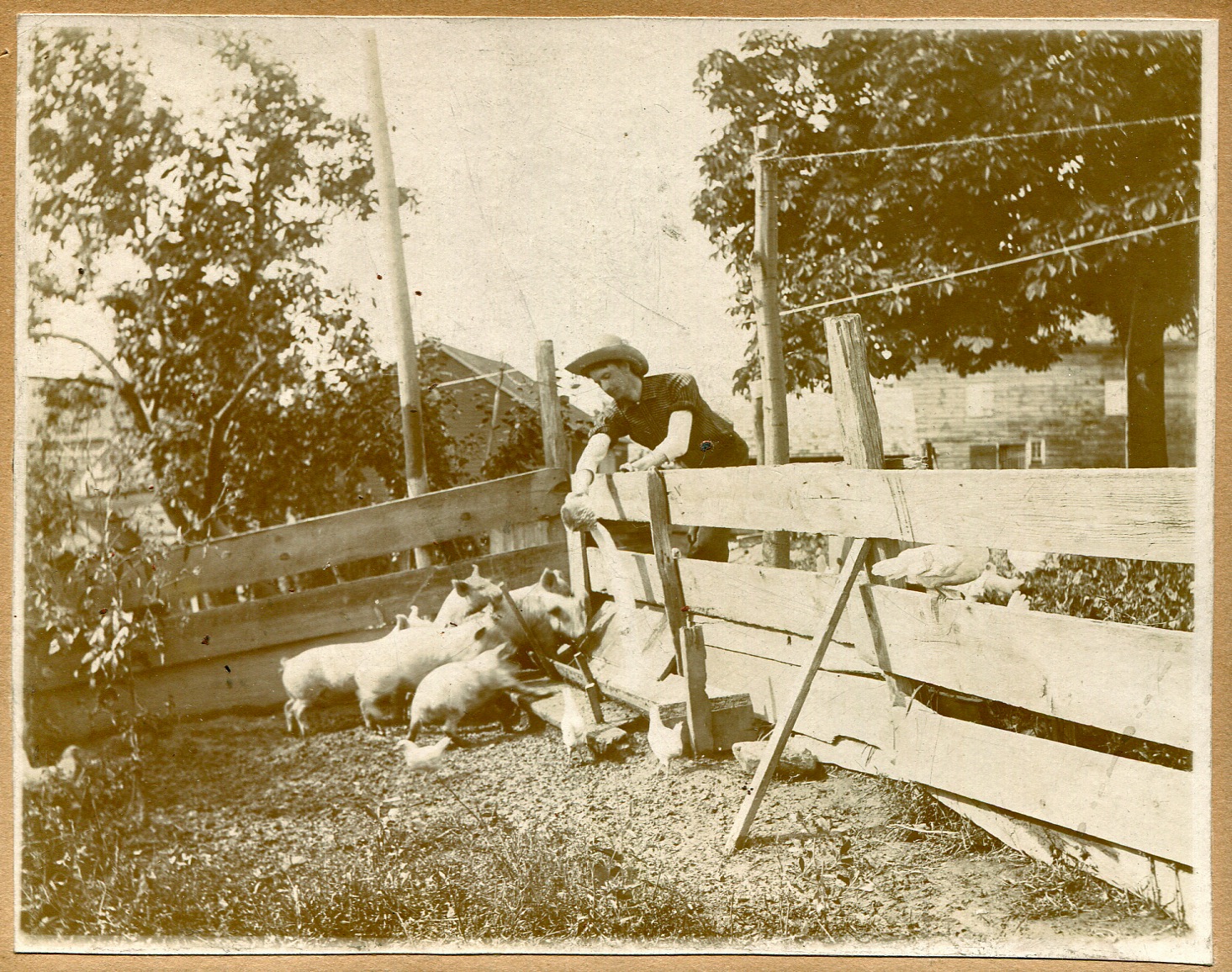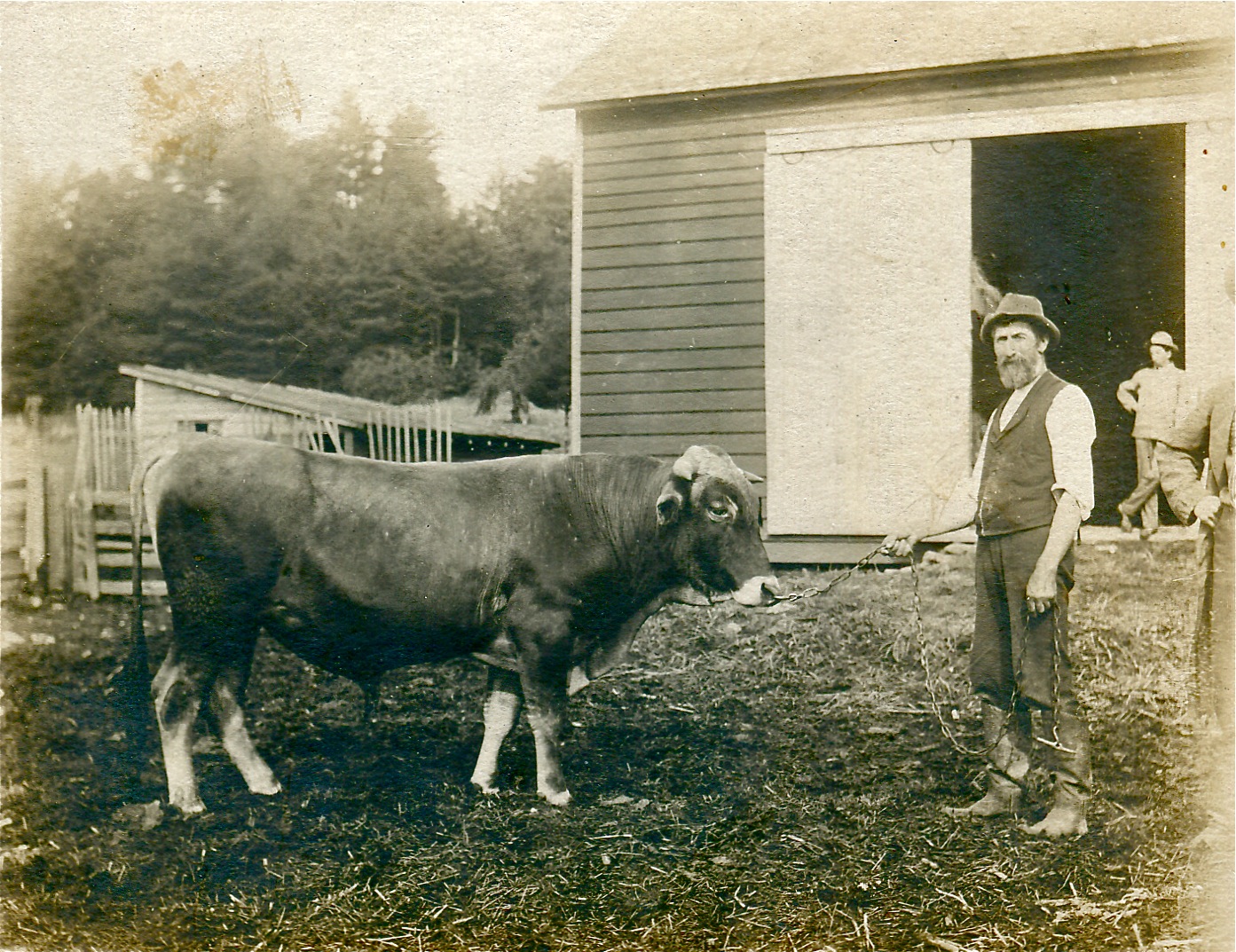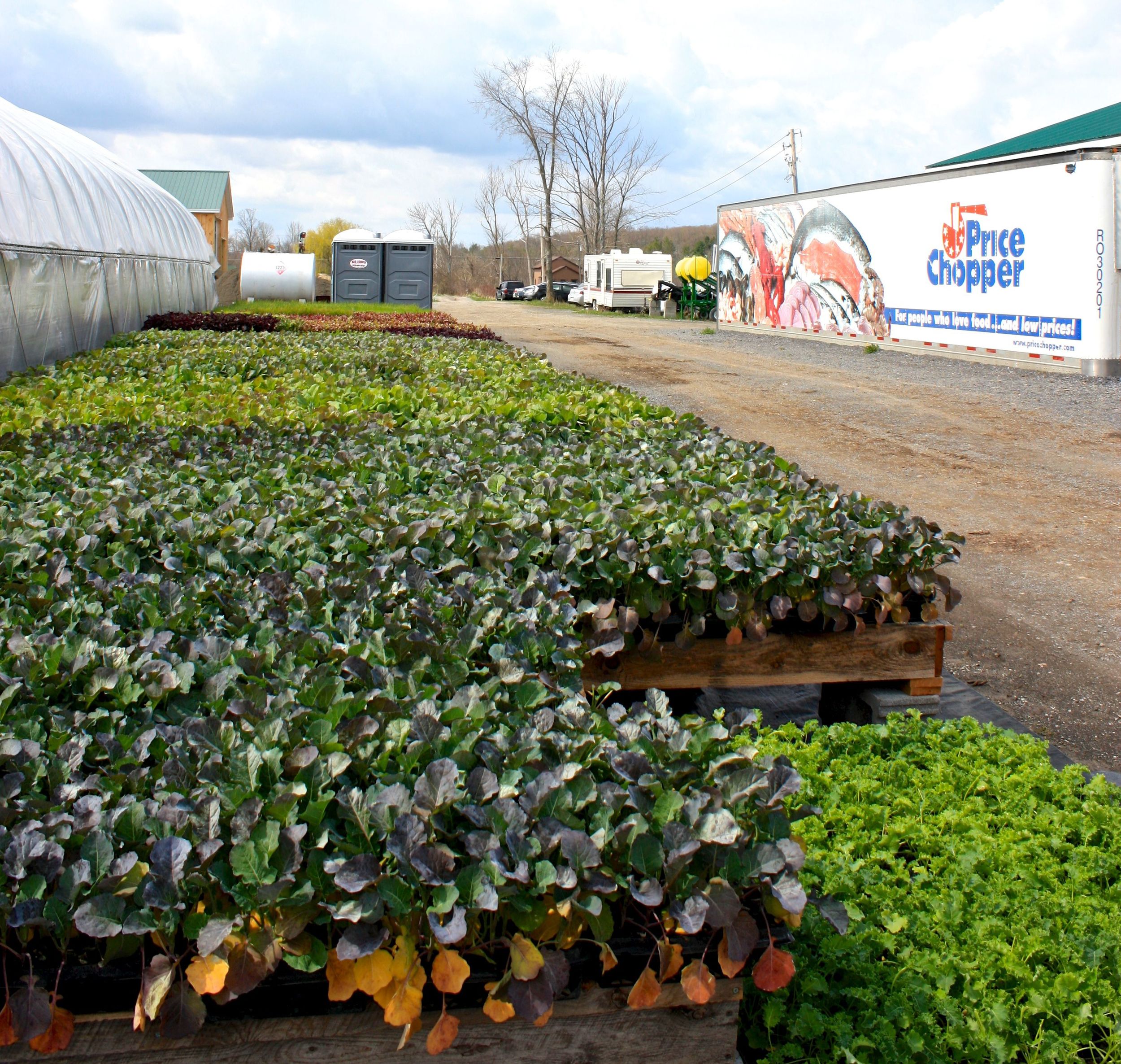This year I was invited to sell at the wonderful Octagon Barn Winter Market, a beautiful post and beam structure on the top of a windy, snow-covered hill in Knox, New York. About an hour into the show I spotted local farmer, Sandy Gordon, selling grass-fed prime rib from a cooler for an amazing $10 per pound. Christmas dinner!
I’m not a big beef eater. I don’t know much about the various cuts of beef or how to cook them. After googling around, I ended up back at seriouseats.com, where they’ve done exhaustive work on the subject. Grassfed beef is leaner and tastier than factory food, but it can be tough if not treated gently. The folks had turned around the traditional high heat sear followed by low heat roast. They recommend a long, slow roast at 200 degrees followed by a high heat sear at the very end – once the meat has had a chance to rest for at least a half hour.
I was enjoying the party too much to take my own picture. This is from seriouseats.com but it looks exactly like my roast. Yay.
I didn’t realize you were supposed to “dry age” the meat, so I let it sit, uncovered, for about four hours before cooking. I was a little worried about the fat content so draped some garlic flavored beef bacon over the two 3.5 lb. roasts before cooking. I placed both roasts on racks in a 200˚ oven for exactly four hours, when the roasts clocked in at 130 – 138˚ internal temp. I let them sit for an hour or so and as we were setting food on the table and moving people in that direction, I popped the two roasts into a 500˚ oven for eight minutes and began to carve. I held my breath, but both roasts were perfect. Did I say PERFECT? The meat was juicy and pinky/red all the way through with a nice crust on the outside. Tender. Did I say tender? And yes, tasty.
To go with the meat we served a beautiful raw Brussels sprout salad and gruyere scalloped potatoes along with a squash-rice bake my brother supplied. After dinner we had a whimsical bouche de noel and amazing cookies courtesy of Nancy. Everything was home made and most of the ingredients were local, except for the cheese, the chocolate, coffee, wine, and almonds.











